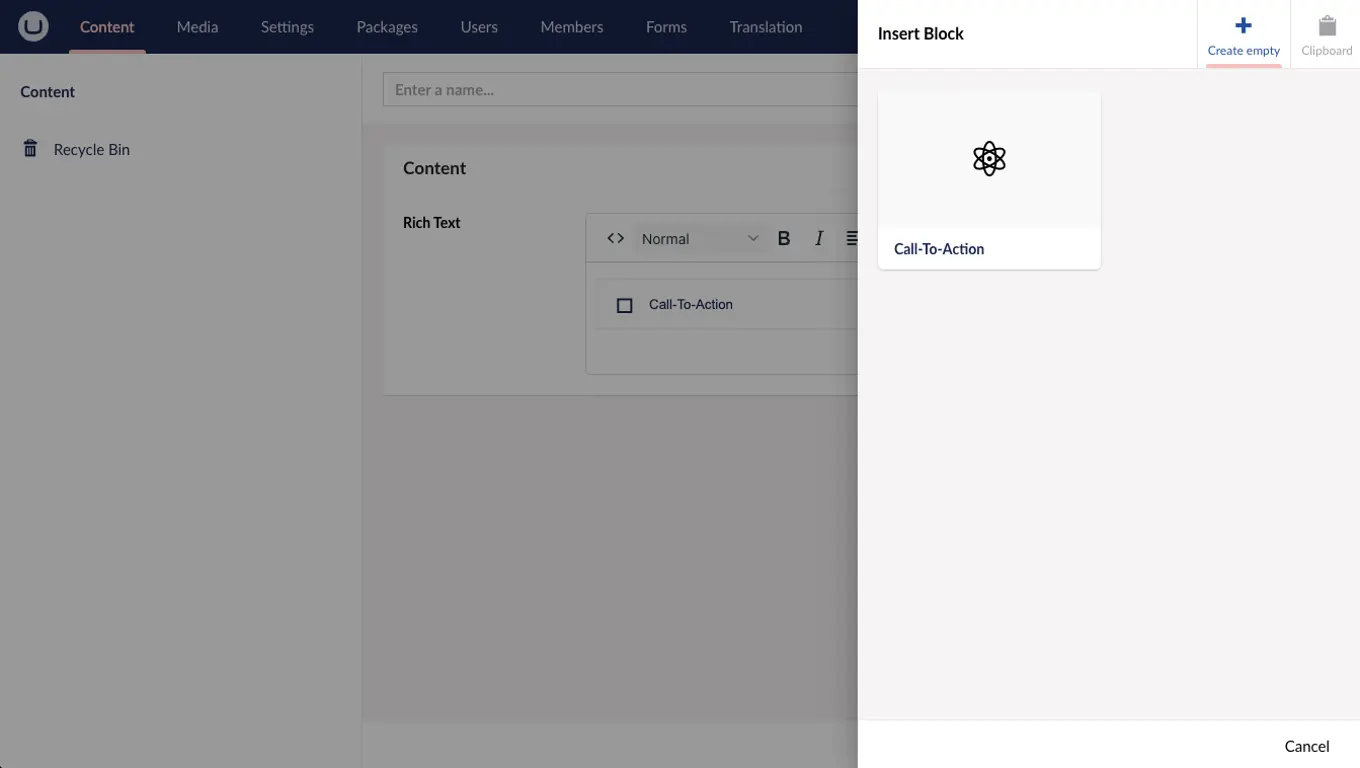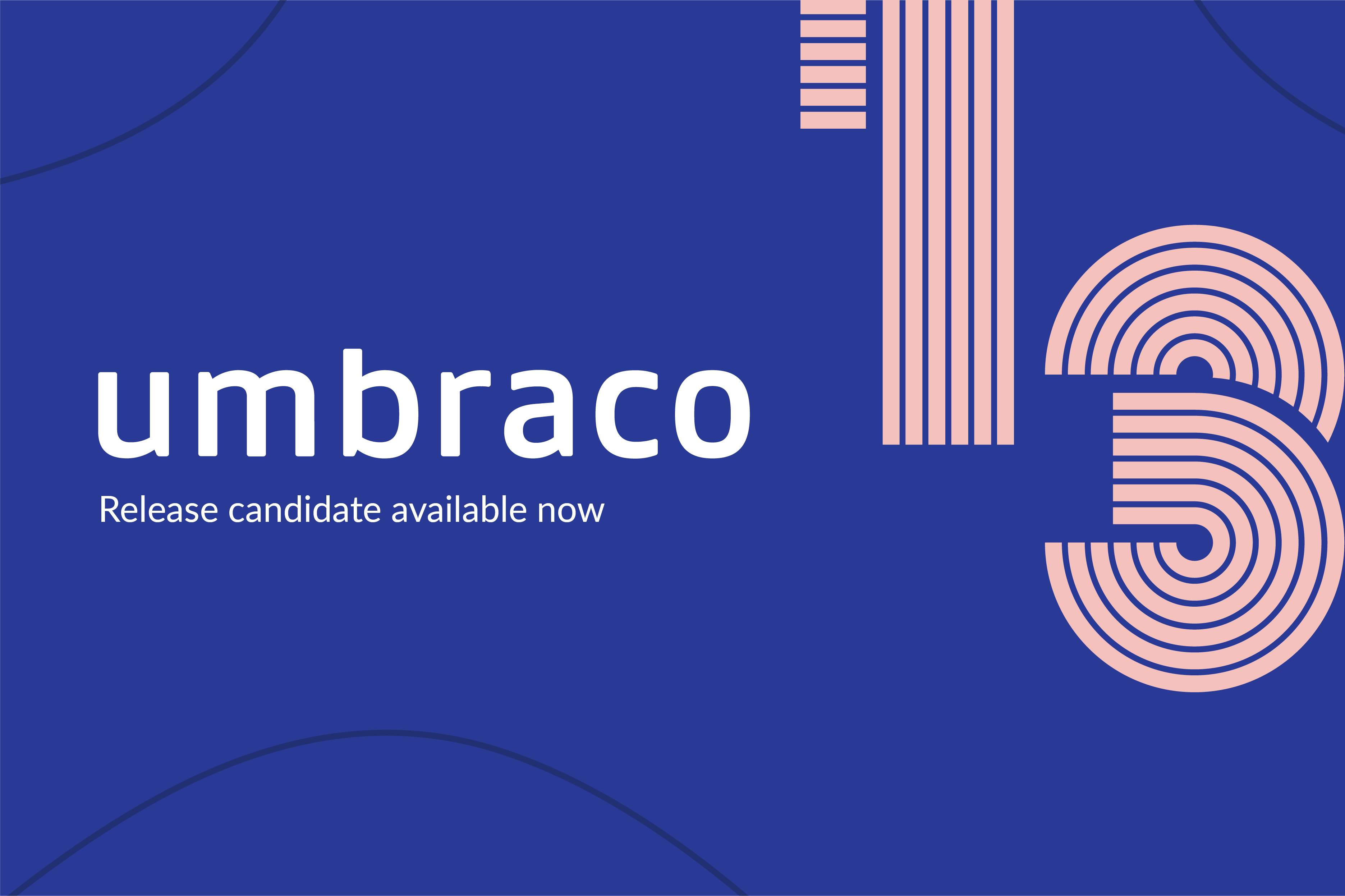Key Features of Umbraco 13
A Long-Term Supported Version
Umbraco 13, as an LTS version, ensures stability and ongoing support. Aligning with Microsoft's latest LTS version, .NET 8, and C# 12, it guarantees a secure and forward-compatible platform for your projects until Q4 2026.
This is part of our release cadence for the Umbraco CMS, ensuring predictability in releases as well as making it easier for you to plan your upgrades. You can read more about Long-term Support and End-of-Life policies in the Product Knowledge Center.
.NET 8 and C# 12: Harnessing the power of the latest technologies
Leverage the full potential of .NET 8 and C# 12 with Umbraco 13. This upgrade to .NET 8 includes improvements on the garbage collector to adjust the memory limit on the fly which will open up better and more flexible scaling which again can be turned into better performance and more sustainable hosting. There are also improvements to Serialization, JSON, and a whole lot more - including, of course, all the C# 12 features like Primary Constructors, Collection expressions, Alias any type, and Lambda Improvements. This is an upgrade that’ll give you enhanced performance, scalability, and a suite of new features, providing a robust foundation for your development needs.
Being on the latest technology also has sustainable advantages - and we like that! Our internal tests on the clean starter kit show a small improvement of 1-3% more requests/second compared to running Umbraco 12 on the same setup. Upgrading to the latest version is often a step in the right direction sustainability-wise - but remember that upgrading isn’t always enough. Being carbon-aware and sustainably (re)designing and developing web projects is important - check out the Umbraco “Sustainability Best Practices” to get a head start on this.
Dynamic Root
The introduction of Dynamic Root for the Multinode Treepicker is an easier and more powerful way to set up dynamic roots compared to the old Xpath syntax. Furthermore, this feature is an enabler for future features, that require the backoffice to not use the published content cache.
Introducing Blocks in the Rich Text Editor
As an alternative to Macros, you now have the option to use Blocks - known from Block List and Block Grid - in the Rich Text Editor, allowing for a more structured and dynamic content creation experience. And as we plan for more block functionality in Umbraco in general - including global blocks as reusable content as described in this RFC - this is a natural step that aligns with how you work with Umbraco.







